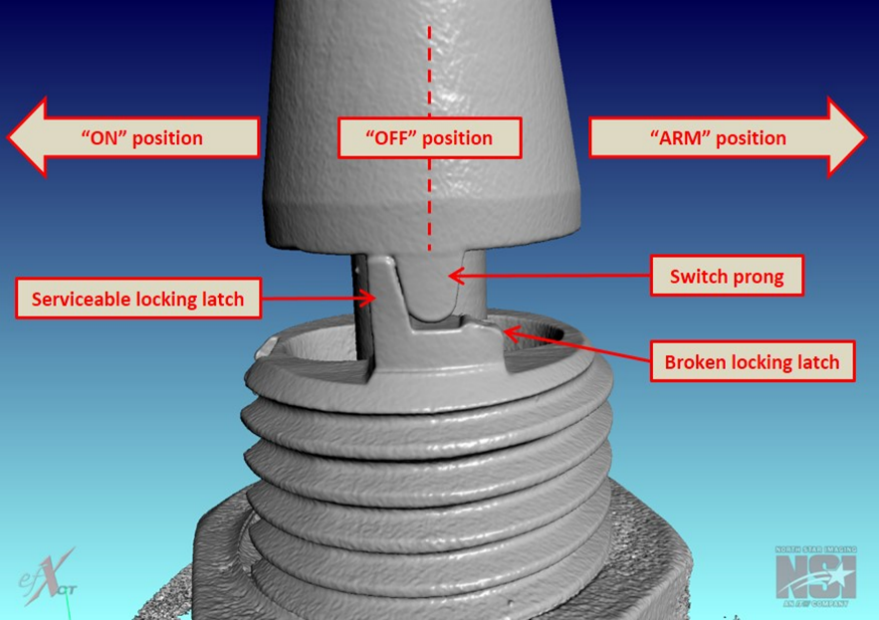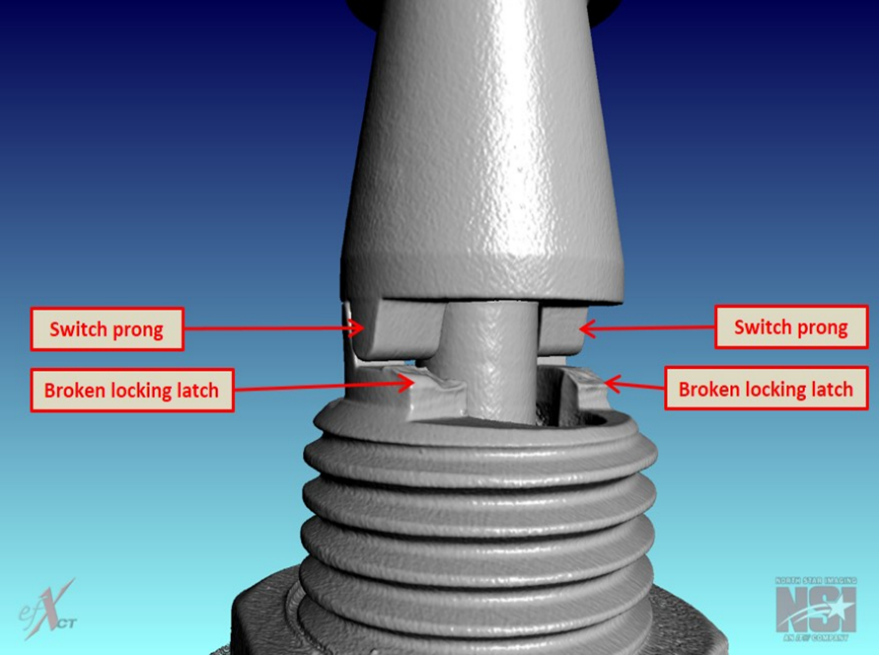200 Promenade du Portage
Gatineau QC K1A 1K8
11 February 2020
Letter addressed to:
Director General, Civil Aviation
Transport Canada
Kannad ELT Design Authority
Orolia
Re :
Air Safety Advisory A19Q0109-D1-A1
Failure of the Kannad 406 AF-compact emergency locator transmitter switch locking system
On 10 July 2019, a privately operated Robinson R44 helicopter (registration C-FJLH, serial number 2044) was conducting a visual flight rules flight from De La Bidière Lake, Quebec, to Sainte-Sophie, Quebec, with 1 pilot and 1 passenger on board. The aircraft never arrived at its intended destination. The Joint Rescue Coordination Centre Trenton was notified the next day that the aircraft was missing, and a search was begun. No signal was received from the emergency locator transmitter (ELT).
The Canadian Armed Forces launched an air search with the assistance of several aircraft, including Griffon and Cormoran helicopters and Hercules and Aurora airplanes. The Sûreté du Québec, the Canadian Coast Guard, the volunteer rescue organization Sauvetage et recherche aériens du Québec (SERABEC), and a number of private aircraft owners joined the search. Land and water search teams also participated in the search efforts.
The helicopter was found by the Sûreté du Québec on 25 July, 14 days after it went missing, in a wooded area near Valtrie Lake, Quebec. The aircraft was substantially damaged. The pilot and the passenger had been fatally injured.
During the aircraft examination at the accident site, the investigators observed that the ELT (model Kannad 406 AF-compact, serial number RX1000002013) was installed in the main transmission compartment. Although the ELT was no longer on its bracket because the mounting had failed, the ELT was still attached to the antenna via the cable. The antenna showed no obvious signs of damage. The ELT switch was found in the OFF position. The investigation into this accident (A19Q0109) is ongoing.
The ELT was sent to the TSB Engineering Laboratory in Ottawa, Ontario, for analysis. Tests revealed that the ELT was in working order, its battery was full, the antenna was in good condition and a distress signal would have been transmitted after impact had the switch been in the ARM position.
A more thorough examination of the ELT switch locking system performed at the TSB Laboratory showed that the locking latches between the OFF and ARM positions were broken. Moreover, the examination revealed that the broken surface of these latches was smooth, indicating that the switch had been flipped multiple times between the OFF and ARM positions over time (Figures 1 and 2). This breakage thus allowed the switch to flip freely between these 2 positions. Impact tests were performed and showed that the switch flipped to the OFF position under an impact force of approximately 1.8 g. According to the information gathered, the ELT had undergone a periodic inspection on 01 April 2019 by an approved maintenance organization, which did not detect the breakage and certified the ELT.
Following this discovery, a visual examination of 2 other ELTs of the same model at the TSB Laboratory was performed. One of these ELTs exhibited the same fault as the ELT on board the occurrence aircraft, but on the locking latches of the opposite side, i.e. those between the ON and OFF positions.
As the occurrence demonstrates, if an ELT switch can flip to the OFF position during an impact, the search and rescue operations for a missing aircraft may be delayed, which reduces the occupants’ chances of survival. This breakage had not been detected during the certification of the ELT by an approved maintenance organization 3 months before the accident. According to Orolia’s website, the manufacturer of Kannad ELTs, there are 65 000 Kannad ELTs on the market.
By this letter, we inform Orolia and Transport Canada of the problem and we suggest that the periodic inspection procedures for these ELTs be revised so that such faults can be detected and corrected.
Please inform the TSB of any action taken in this regard. Once TSB Air Transportation Safety Investigation A19Q0109 is complete, the Board will publish its investigation report about the occurrence.
Original signed by
Natacha Van Themsche
Director of Investigations — Air
Transportation Safety Board of Canada
cc:
- Acting Director Policy and Regulatory Services, Transport Canada
- Director, Bureau d’Enquêtes et d’Analyses pour la sécurité de l’aviation civile
Background information
Occurrence No.: A19Q0109
This Safety Communication No.: A19Q0109-D1-A1

